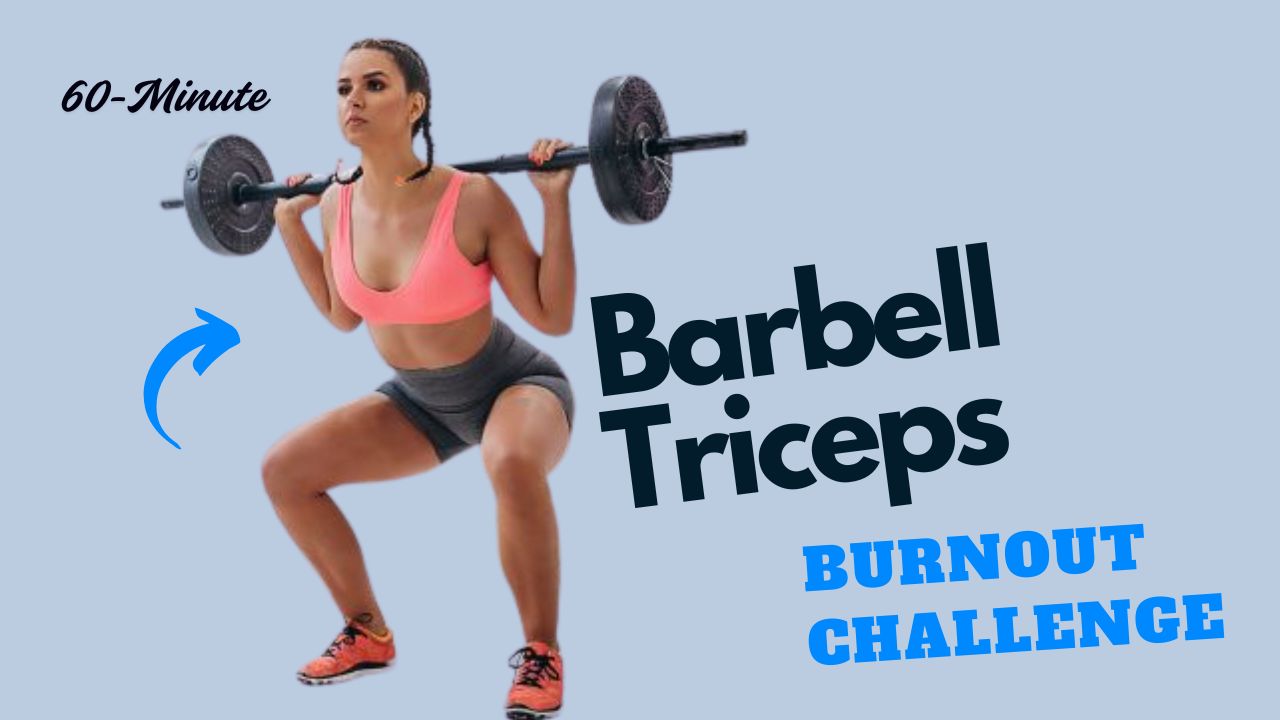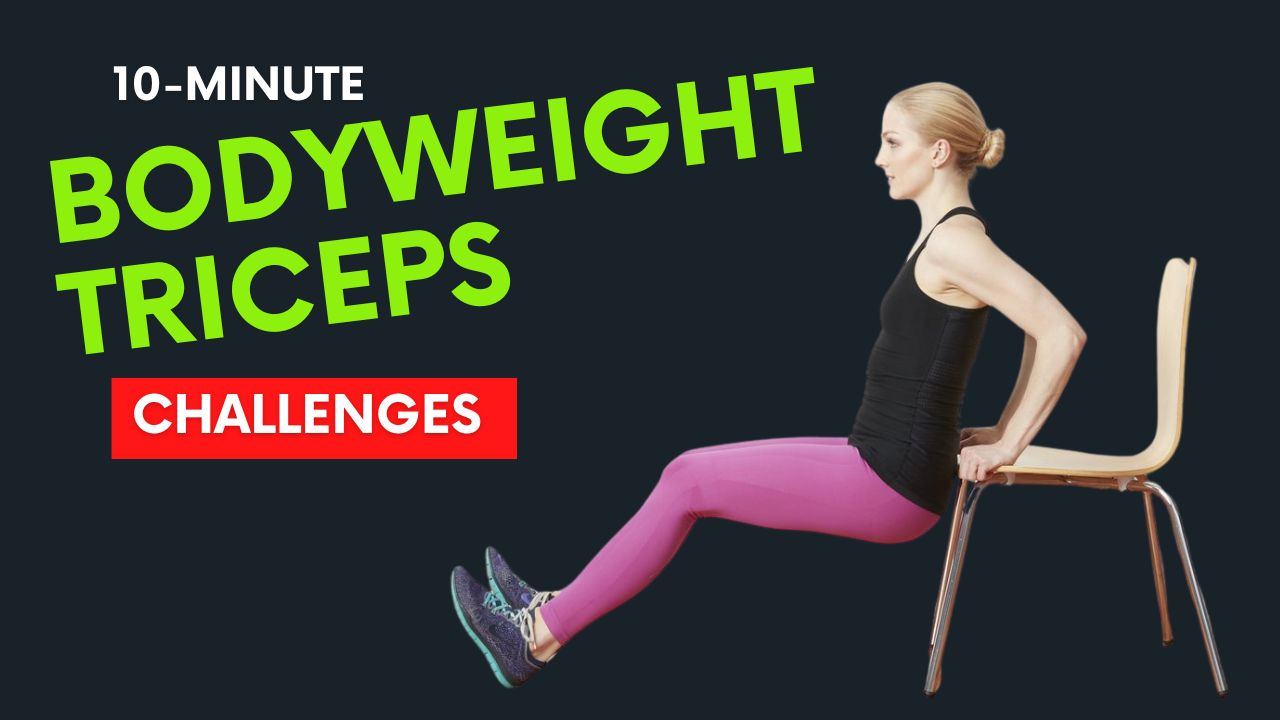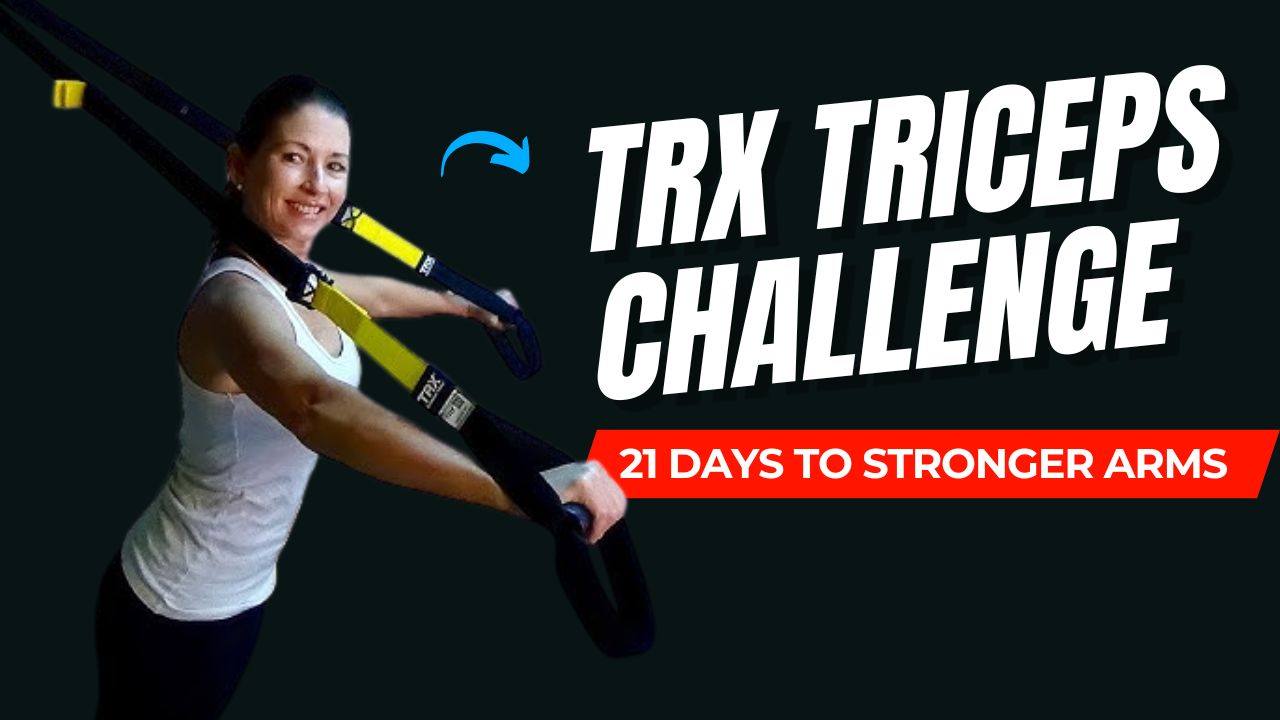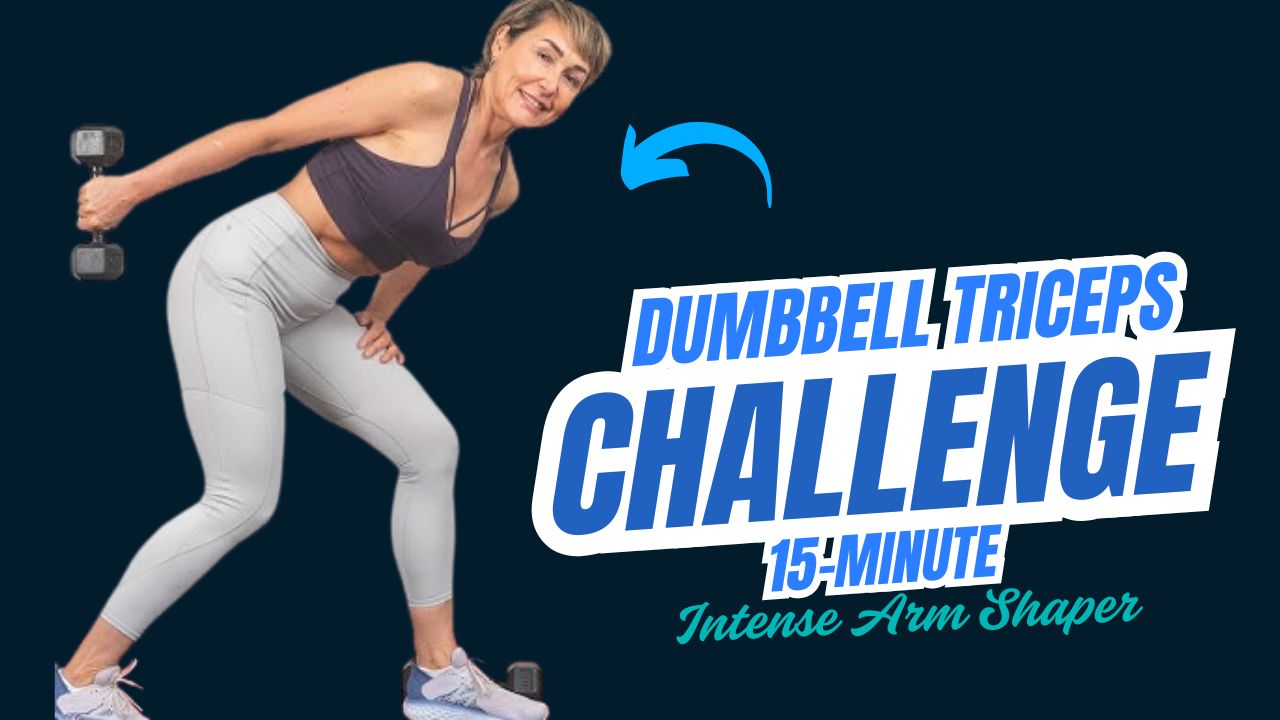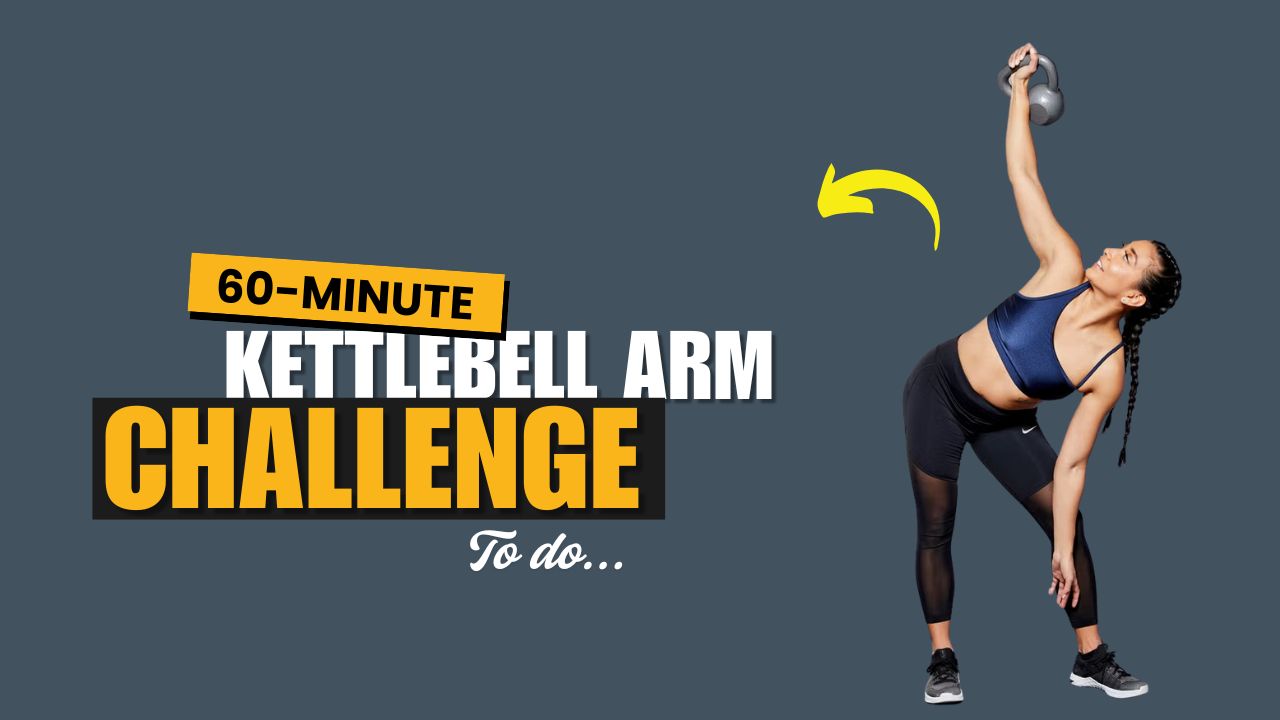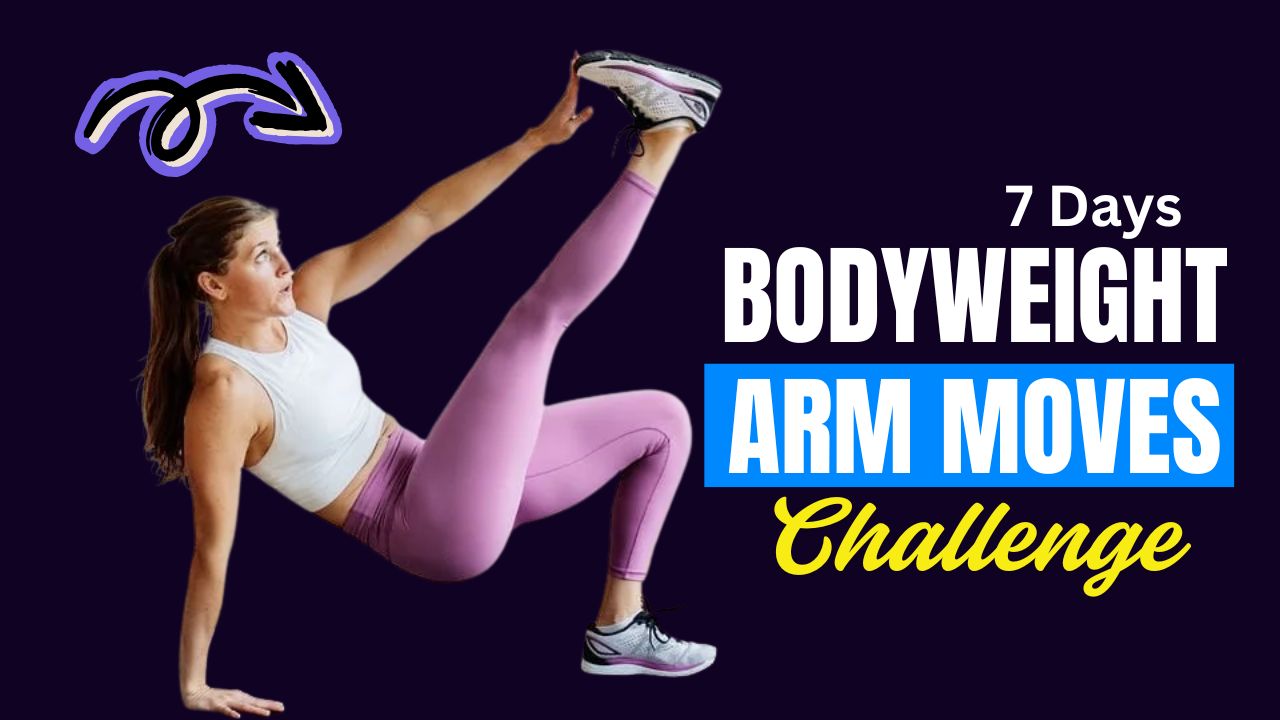Do you know that 8 out of 10 adults will experience lower back pain at some point in their lives? Yet, many skip training the lower back altogether, unknowingly leaving themselves vulnerable.
The TRX suspension trainer isn’t just a tool for killer abs or toned arms—it’s an underrated hero for building a stronger, more stable lower back.
In this guide, you’ll unlock five effective TRX workouts designed specifically to bulletproof your lower back, improve posture, and reduce injury risk. Ready to transform your core foundation? Let’s get started.
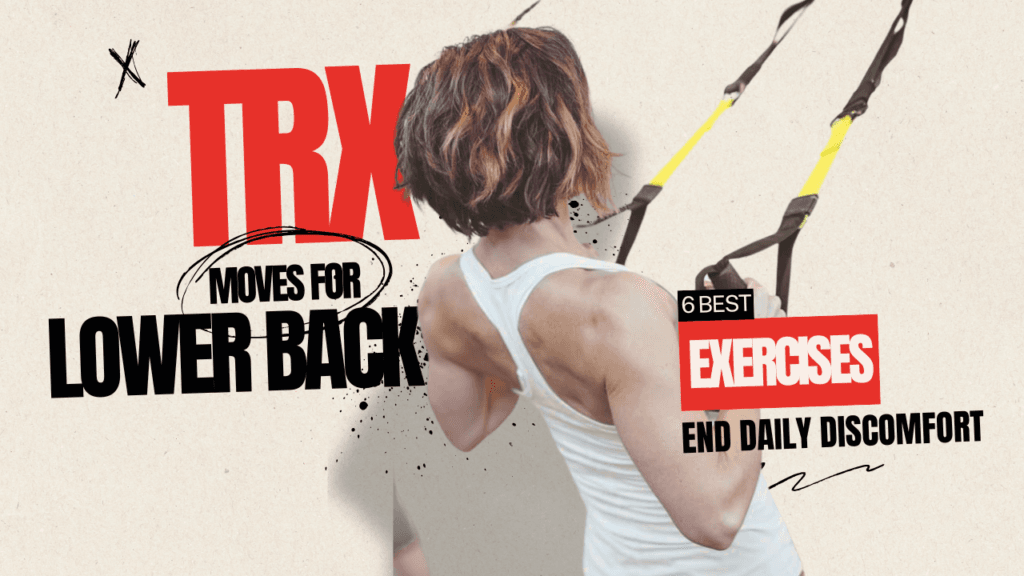
Table of Contents
What Can Happen After 30 Days of TRX Lower Back Workouts
| 30-Day Outcome | What You’ll Notice |
|---|---|
| Improved Core Stability | Feel steadier during daily activities and workouts. |
| Reduced Lower Back Discomfort | Experience less stiffness or soreness in your lower back. |
| Better Posture | Stand taller and straighter without conscious effort. |
| Enhanced Hip and Glute Strength | More powerful movements like squats, lunges, and climbs. |
| Increased Confidence in Movement | Perform bending, lifting, and twisting with greater control. |
| Greater Mind-Muscle Connection | Become more aware of engaging your core and back muscles. |
| Lower Risk of Back Injuries | Build resilience to strains from sports, work, or daily tasks. |
Do’s and Don’ts for TRX Lower Back Workouts
| Do’s | Don’ts |
|---|---|
| Warm up your lower back before starting. | Skip warm-up or jump straight into exercises. |
| Keep your core tight during every move. | Arch or round your lower back excessively. |
| Start with slow, controlled movements. | Rush through exercises with poor form. |
| Adjust TRX strap length to your skill level. | Use a strap length that makes you lose balance. |
| Focus on quality over quantity of reps. | Push through pain or discomfort. |
| Rest and recover between workout days. | Train your lower back every single day. |
| Engage glutes and hamstrings when needed. | Let other muscles compensate with bad form. |
Top 5 TRX Lower Back Workouts
1. TRX Hip Hinge
Why: This movement teaches proper hip mechanics while engaging the erector spinae muscles that support your lower back.
How to Do It:
- Stand tall holding TRX handles with arms extended in front, straps taut.
- Keep your knees slightly bent.
- Hinge at your hips by pushing your butt backward, maintaining a flat back as your torso leans forward.
- Pause when your upper body reaches about 45 degrees.
- Drive your hips forward to return to standing.
Tip: Focus on moving from the hips, not rounding your lower back.
2. TRX Reverse Plank
Why: Activates the entire posterior chain, including the lower back, glutes, and hamstrings—key muscles for stability and injury prevention.
How to Do It:
- Sit on the floor with your feet in TRX foot cradles and hands planted behind you, fingers pointing towards your feet.
- Press through your hands and lift your hips until your body forms a straight line from shoulders to heels.
- Hold for 20–40 seconds while squeezing your glutes and keeping your lower back engaged.
- Lower your hips with control.
Interesting Fact: A strong reverse plank is an indicator of excellent core and posterior strength—qualities shared by elite athletes.
3. TRX Superman
Why: This exercise strengthens your lower back extensors and teaches spinal control—essential for lifting, running, and everyday life.
How to Do It:
- Kneel facing away from the anchor point, holding the TRX handles overhead with straps at mid-length.
- Lean forward slowly, extending your arms in front of you as if flying like Superman.
- Keep your core tight and avoid arching excessively.
- Pull your hands back over your head to return.
Myth Buster: Some think back extensions alone are enough—yet dynamic stability exercises like the TRX Superman train your lower back to resist injury in real-life movements.
4. TRX Single-Leg Romanian Deadlift
Why: Challenges balance and force your lower back, glutes, and hamstrings to work together, mimicking movements in sports and daily activities.
How to Do It:
- Stand tall holding TRX handles with light tension.
- Shift weight to one leg, keeping a slight bend in the knee.
- Hinge at the hip, extending the free leg backward while your torso lowers toward the floor.
- Return to standing by driving your hips forward and squeezing your glutes.
Do You Know? Training on one leg can correct muscle imbalances that often cause chronic back pain.
5. TRX Hamstring Curl with Hips Elevated
Why: Strengthens your hamstrings and glutes while requiring your lower back to stabilize—a trifecta for injury-resistant lower body mechanics.
How to Do It:
- Lie on your back with heels in the TRX foot cradles, arms by your sides, palms down.
- Lift your hips so your body forms a straight line from shoulders to knees.
- Curl your heels towards your butt while keeping your hips lifted.
- Extend legs back out with control.
Interesting Fact: Weak hamstrings force your lower back to overcompensate during movements, often leading to pain or strains.
Final Thoughts
Building a stronger lower back doesn’t need endless hours of complicated training. These 5 TRX lower back workouts offer a powerful, functional, and efficient way to enhance your stability, improve posture, and prevent injuries.
Incorporate them into your routine 2–3 times per week, and watch your lower back transform from a weakness to your greatest strength.
Frequently Asked Questions (FAQs)
Can TRX exercises really help with lower back pain?
Yes! TRX exercises build strength in the core and stabilizing muscles of your lower back. Strengthening these areas improves posture and reduces the risk of strain or injury, which can help relieve and prevent lower back pain. However, if you have existing back injuries, consult your doctor or physical therapist before starting.
How often should I do TRX lower back workouts?
For best results, aim for 2–3 sessions per week, allowing at least one day of rest between sessions. This frequency provides enough stimulus for muscle growth and stability without overloading your back.
Are TRX lower back workouts suitable for beginners?
Absolutely! TRX is highly adjustable. Beginners can shorten the range of motion, reduce time under tension, or use a more upright position to decrease difficulty. Always prioritize proper form over intensity.
What if I don’t have a TRX at home?
You can use resistance bands or stability balls as alternatives for some exercises, but TRX’s unique suspension design makes it more versatile for lower back training. Many gyms have TRX systems, or you can purchase one for home use.
Can these exercises replace traditional lower back exercises like back extensions?
They complement traditional movements but don’t necessarily replace them. TRX workouts train stability and functional strength, while exercises like back extensions focus on isolated strength. Using both provides a more comprehensive lower back routine.
How long will it take to see results in my lower back strength?
With consistent training 2–3 times per week, most people notice improvements in core stability, posture, and lower back endurance within 4–6 weeks.
